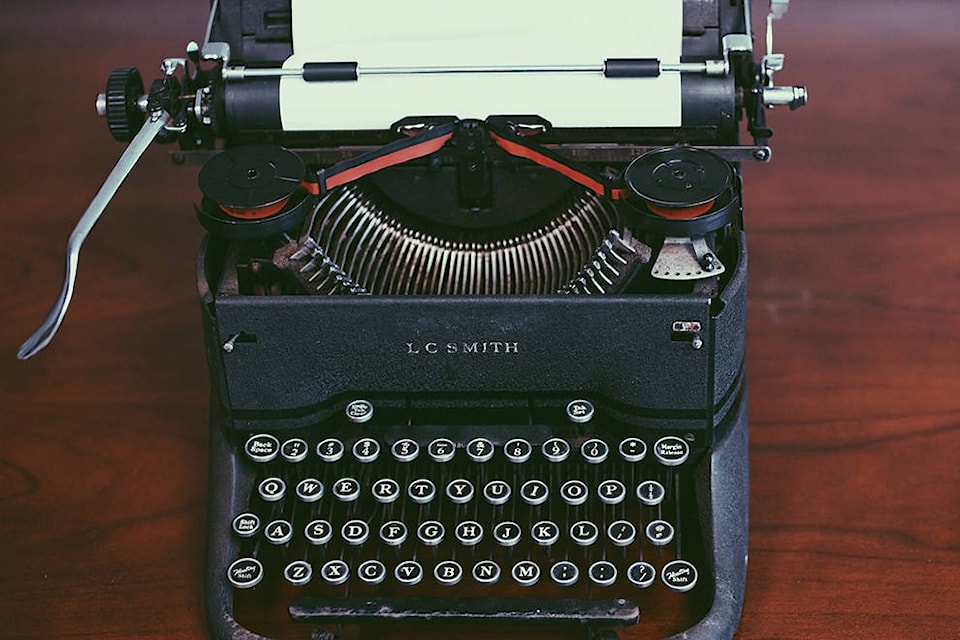Dear Editor:
Thank you for your thought-provoking observations in “The historic value of a gas pump,” (Summerland Review, Jan. 18.) May I offer some further comments for consideration.
The Museum’s Mission Statement: The museum shall preserve and promote Summerland’s history. This is accomplished through the collection, documentation, preservation, interpretation, research, display, collaboration and service to the public.
The Museum’s Collections Management Policy & Procedures Manual: What is collected: The Summerland Museum collects artifacts that were used or could have been used by Summerland residents, businesses, societies, government, schools, churches, clubs, organizations etc.
Artifacts shall be collected to illustrate:
• the history of individuals, social groups and organizations, their lives and livelihoods in Summerland. This includes but is not limited to such diverse groups as aboriginal and European settlers, early explorers and fruit ranching and related industry workers
• the technological developments associated with the above
• the activity of companies, institutions, organizations, communities and societies whose prime concerns are or were related to Summerland.
Mandate: The purpose of the Archives, as a part of the Summerland Museum, is to identify, acquire and preserve material of archival and/or informational value to the District of Summerland, and the community as a whole, and to make such records available to the public.
Education Collection: The Summerland Museum & Archives Society acquires some objects specific to the education and public programs use.
From the Canadian Museums Association: E. 4.1 Criteria for Disposals: Disposals should not stem from arbitrary changes in taste, or individual preferences.
Your final question is “how much value this restored pump will have in telling the story of Summerland’s past?”
My personal opinion is that the Pump would meet criteria in each of the copied policy statements and it would seem that, at one time, museum staff must have thought the pump worthy of acquiring. It does help tell the story of Summerland.
In the beginning, Lower Summerland was the hub of activity and where Summerland began. This lowly pump was a part of that scene. It provided a necessity to the people of Summerland for decades, presumably for both residents and businesses.
We do know that it provided fuel for cannery and/or packing house vehicles. These vehicles were used by locals to load fruit onto the barges for destinations to foreign places.
The vehicles were required to sustain the businesses that employed local people. It is a part of Summerland’s history.
I believe the pump will have as much or as little value in telling the story of Summerland’s past as the story teller wishes.
We may never know the exact history of this particular pump but there are people in the community who do remember working at the cannery when it was in use.
Hopefully they will reach out and share their stories.
Dorothy Inglis
Summerland
